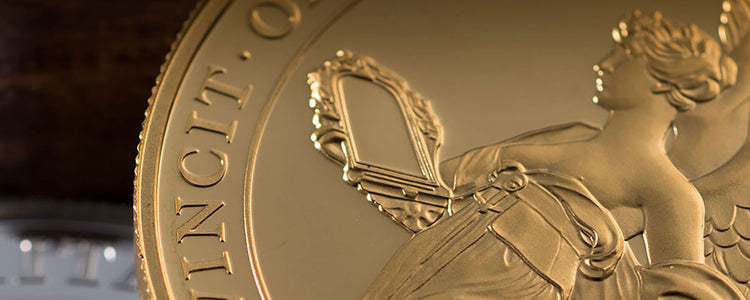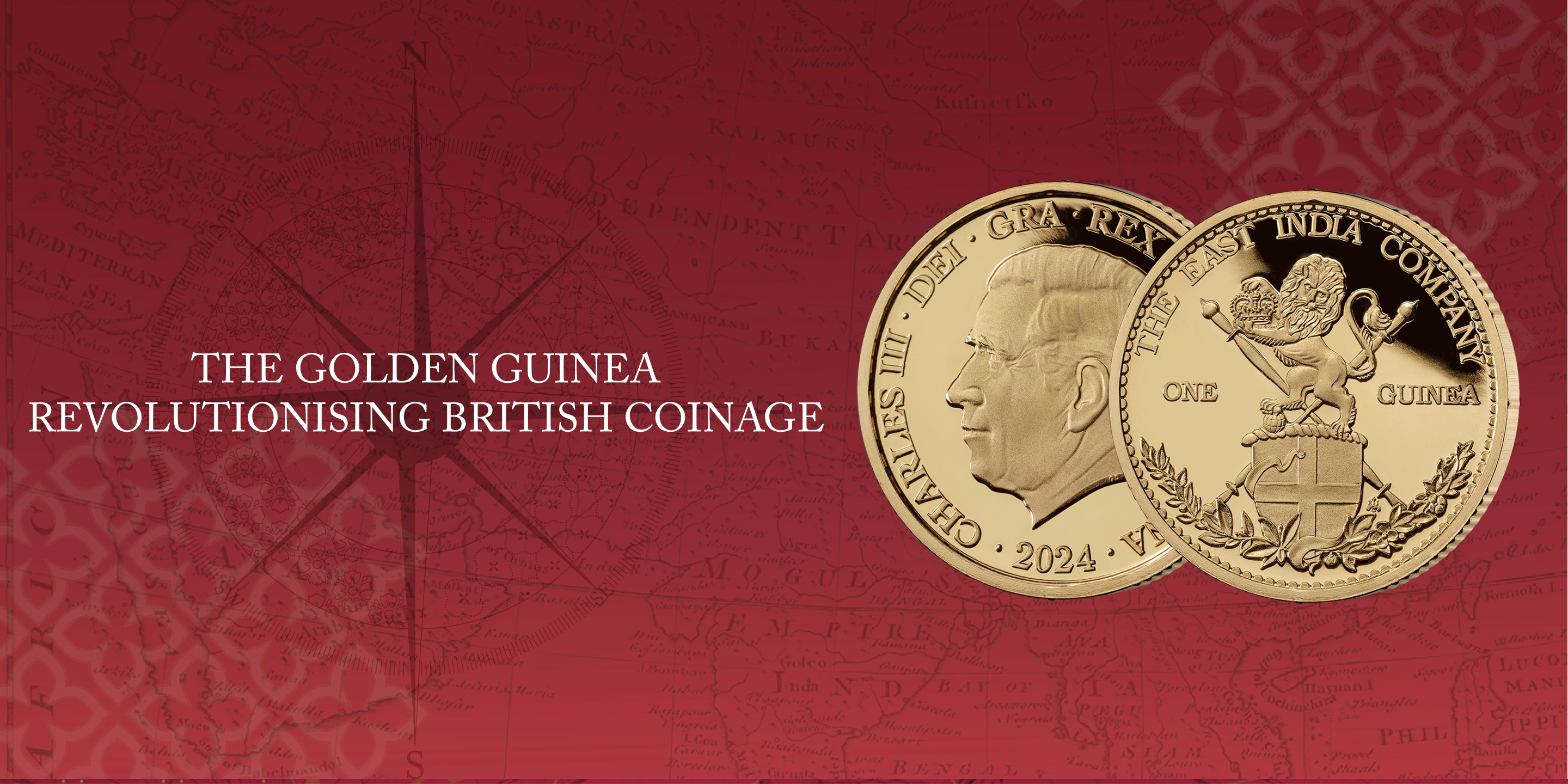First struck in 1663, the Golden Guinea remains one of the worlds most treasured and sought after gold coins.
Britain’s first machine-struck coin, its legacy as a trusted gold coin spread from the British shores across the world, transported on merchant ships for over 150 years.
Revolutionising coin production in Britain, the Guinea’s milled edge was introduced by King Charles II following his accession to the throne after the Restoration of the Monarchy in 1660. Observed first during his time in France, Charles sought to sweep away any trace of the revolutionary rebellion, including in the country’s coinage. Hammered coins had for many years been subjected to ‘clipping’, the illegal practice of shaving or cutting the edges off coins to collect small fragments of the precious metals. The small fragments were then melted and restruck as counterfeit coins.
A practice punishable by death if caught, this debasement was a highly organised crime during the 17th Century, undermining the British economy. The introduction of machine-struck coinage in 1663 with a ‘milled’ edge and edge lettering deterred this dark practice.
EXPLORE KING CHARLES III’S GUINEAS HERE




 Ceylon / Sri Lanka
Ceylon / Sri Lanka Assam, India
Assam, India Japan
Japan Taiwan
Taiwan Nepal
Nepal China
China Kenya
Kenya Egypt
Egypt South Africa
South Africa


